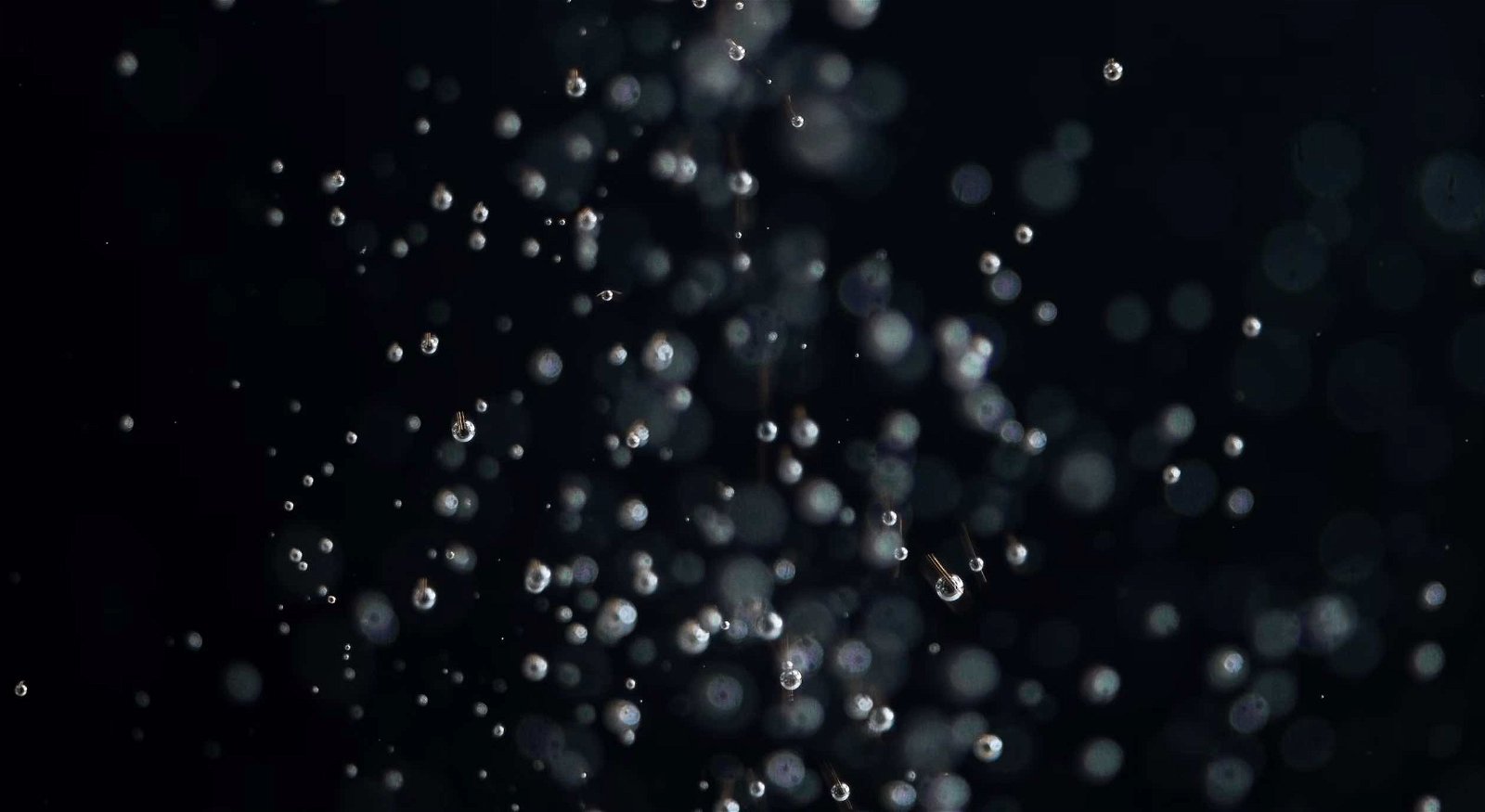A new process of water splitting that allows hydrogen to be produced more easily has been discovered by a team of German chemists, according to findings recently published in the journal Nature.
The discovery, made by a team based at Münster University, involves a photocatalytic process that activates water in a reaction accelerated by light energy, and could lead to new methods in chemistry that involve the use of hydrogen atoms in the production of compounds through the reaction of simpler materials, otherwise known as synthesis.
Water splitting involves a chemical reaction where water is broken down into its constituent elements of oxygen and hydrogen. Photocatalysis describes the process by which a chemical reaction is driven by light.
In the German research team’s new breakthrough method, this is achieved in part with the help of triaryl phosphines, a kind of organic phosphines that have several industrial applications that include their use as light and heat stabilizers.
Of key significance in the new water-splitting method the researchers have developed is the ease by which it allows the production of hydrogen, which is widely viewed as being a potential energy solution in the decades ahead. Hydrogen is also significant because of the active role it plays in the formation of several essential compounds.
While Chemists have long recognized the usefulness of hydrogen, they are also aware of the stability of water, which makes splitting the hydrogen and oxygen atoms that form it a tricky process. For it to occur, a catalyst must first be used to activate the water.
The German team, led by Professor Armido Studer with the university’s Institute of Organic Chemistry, developed a method of doing this using a photocatalytic process. To activate the water, Studer and his team used triaryl phosphines rather than transition metal complexes that are normally used by chemists in such processes.
Under these mild reaction conditions, a hydrogen atom is transferred to a phosphine-water radical cation in a process driven by light produced by an LED. Radicals are useful intermediates in such processes because of their high reactivity and the phosphine-water radical cation is especially capable of performing as an intermediate for activating water. The result is that hydrogen atoms can easily be split away and then transferred over to a substrate.
Studer says the system his team has devised “offers an ideal platform for investigating unresearched chemical processes that use the hydrogen atom as a reagent in synthesis.”
The applications for such a breakthrough method of water splitting include areas of the material sciences, as well as chemicals used in agriculture and even pharmaceutical research.
The team’s findings were recently published in the journal Nature and may ultimately help pave the way toward new areas of research involving radical chemistry.
Micah Hanks is the Editor-in-Chief and Co-Founder of The Debrief. He can be reached by email at micah@thedebrief.org. Follow his work at micahhanks.com and on Twitter: @MicahHanks.

